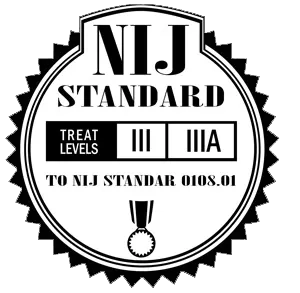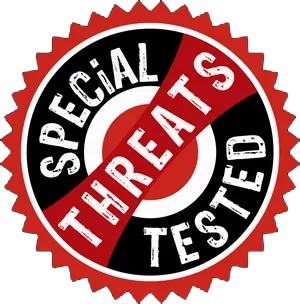Understanding Ballistic Protection Ratings
In order to best choose your ballistic protection, you should have an idea of what threats you’re likely to face in the field—and how your potential body armor purchase performs against such threats. But don’t just take the vendor’s word for it.
Reputable body armor products will be rated by the National Institute of Justice (NIJ)—a research, development and evaluation agency of the United States Department of Justice. The NIJ uses a rating scale spanning handgun and rifle protection—with body armor ratings corresponding to different threat levels.
Level IIA is tested to stop 9mm and .40 Smith and Wesson ammunition, fired from short barrel handguns.
Level II can stop 9mm and .357 Magnum ammunition fired from short barrel handguns.
Level IIIA is tested to stop .357 SIG and .44 Magnum ammunition fired from longer barrel handguns.
Level III protects against 7.62mm NATO FMJ lead core rifle ammunition.
Level IV offers some of the best protection, and is tested to stop .30cal steel core armor-piercing rifle ammunition.
Special Threat: When it comes to 5.56mm/.223 ammunition, the variety of construction matters. Lead-core 5.56mm can be stopped with Level III plates, but ammunition with a steel or partial steel core, needs a ceramic or metallic component, making a Level IV plate the best option. (Note: The new .07 NIJ standard that is expected to go public this year will formally address this with the newly modified levels.)
It’s critical to note that Level II, Level IIA and Level IIIA ballistic protection isn’t effective against rifle ammunition.
While Level III and Level IV body armor does provide rifle-rated protection, there are differences in their protection level. Level III can stop lead-core 5.56mm rounds, but ammunition with a steel or partial steel core needs a ceramic or metallic component—making a Level IV plate the best option.
Choose the level of protection you need for each day based on your line of work—and consider being prepared with a variety of body armor options to suit the needs of you and your team. To learn more about body armor ratings, read up on the NIJ Performance Ratings here.







